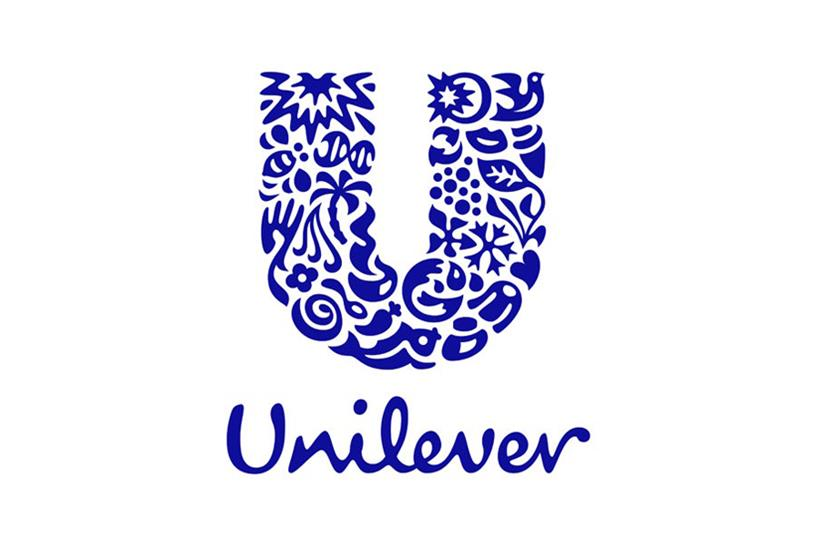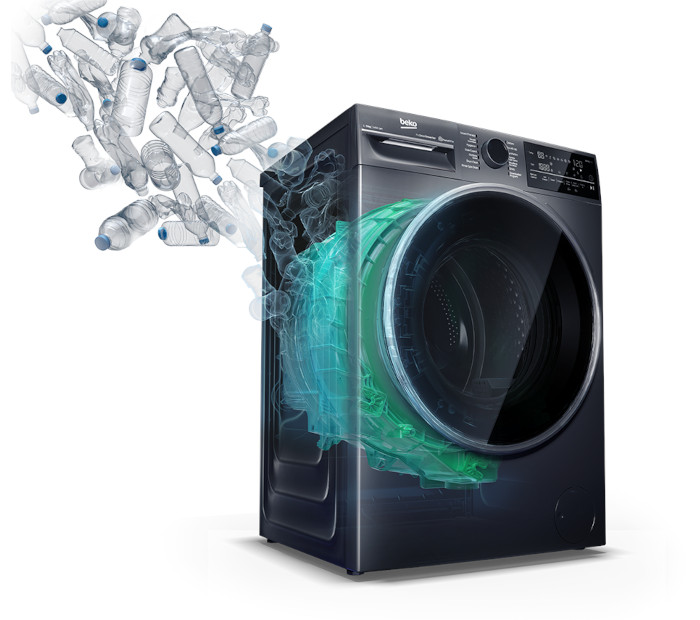Sustainable Commercial Strategy: Balancing Customer Value and Cost Efficiency
- Pinar Koyuncu Oktar
- Aug 12
- 4 min read
In today’s hypercompetitive landscape, commercial leaders are facing a dual mandate: deliver value to customers while reducing environmental impact and keeping operations cost-efficient.
Sustainability is no longer an optional add-on; it is an essential pillar of responsible growth.
For commercial management, this means embedding sustainable thinking into pricing, channel strategies, product offerings, and customer engagement.

1. Redefining Value: More Than Just Price
Sustainable commercial strategies begin by redefining what “value” means to your customers. While affordability and quality remain important, modern customers increasingly care about how products are made, where they come from, and their environmental footprint.
Action Point: Use insights from customer research and VOC (Voice of Customer) programs to identify which aspects of sustainability matter most to your target audience (e.g. local sourcing, recyclability, energy efficiency).
2. Embedding Sustainability in Product-Market Fit
When developing new products or services, commercial leaders must ensure sustainability is a core part of product design and delivery. This includes material choices, lifecycle analysis, and circular models such as product take-back or refurbishment programs.
Action Point: Collaborate with R&D and operations teams early in the product development process to build sustainability into the core, rather than retrofitting it later.
3. Channel and Distribution Efficiency
One often overlooked area is the environmental impact of how we sell and deliver products. Optimizing channel strategies (e.g. reducing unnecessary warehousing, consolidating shipments, or using digital channels) can improve both sustainability and cost-efficiency.
Action Point: Evaluate your route-to-market and last-mile logistics for carbon and cost impact. Are there opportunities to optimize load efficiency, reduce returns, or localize production?

4. Pricing with Purpose
Pricing teams have the opportunity to reflect sustainability in their pricing models. This may include tiered pricing for greener options, incentives for product bundling or repair, or transparency in cost breakdowns.
Action Point: Consider value-based pricing where sustainability attributes are clearly communicated and monetized in the offer.
5. Customer Communication and Transparency
Customers are more likely to buy from brands they trust. Clear, authentic, and data-backed communication about sustainability efforts builds credibility.
Action Point: Equip your commercial team with tools and narratives to share your sustainability journey, backed by facts (e.g. CO2 saved per unit, local jobs created, or waste reduced).
6. Measuring and Managing Impact
Sustainable strategy needs clear KPIs that track both financial and environmental outcomes. Leaders should track not only margin and revenue, but also emissions, resource use, and customer adoption of sustainable options.
Action Point: Integrate sustainability metrics into commercial dashboards and regular business reviews.

Best Practice Highlight: Unilever’s Sustainable Living Brands
Unilever, a global consumer goods company, exemplifies how sustainability and commercial success can go hand in hand. Their “Sustainable Living Brands” including Dove, Hellmann’s, and Seventh Generation are brands that have a clear purpose and take action to reduce their environmental footprint and increase positive social impact.
What they did right:
Redefined value: Unilever found that purpose-driven brands grew 69% faster than the rest of the portfolio and delivered 75% of the company’s growth.
Embedded sustainability in design: Brands like Seventh Generation and Love Beauty and Planet were developed with low-impact materials, refillable options, and transparent sourcing.
Aligned pricing and positioning: They communicated the value of sustainability clearly, allowing slight price premiums while still maintaining customer trust and preference.
Measured impact: They set strong internal KPIs aligned with the UN SDGs and tracked each brand’s carbon, water, and social footprint.
Why it matters:This proves that sustainability is not a cost center—it’s a growth engine when aligned with what customers care about.

Best Practice: Beko – A Brand with Sustainability at Its Core
This example comes straight from the bottom of my heart. The brand and company I’ve worked with for many years, Beko is not only a global leader in home appliances but also a pioneer in sustainability. And I say this not just with professional admiration, but with personal pride.
What makes Beko’s journey truly special is that sustainability isn’t just a department, it’s a shared vision owned by everyone in the company, from the boardroom to the factory floor. It’s built into our products, our supply chain, and most importantly, our mindset.
Here’s what stands out:
Circular product design: Over 16,500 tonnes of recycled plastic used in manufacturing.
Green energy adoption: Solar energy capacity increased to 20.3 MW in 2023.
Resource efficiency: Projects saved nearly 96,000 GJ of energy and 289,000 m³ of water.
Global recognition: Ranked #44 on TIME's list of the World’s Most Sustainable Companies.
Bold vision: A clear roadmap to net-zero emissions by 2050.
This kind of transformation only happens when sustainability is embedded not just into strategy but into company culture. And that’s what I believe is the ultimate goal for any commercial leader: building businesses that make the world feel a little more like home.
Final Thoughts:
Sustainability in commercial management is about smart trade-offs, cross-functional collaboration, and courageous leadership. When done right, it unlocks new sources of competitive advantage, deepens customer loyalty, and ensures long-term profitability.
The commercial leaders of tomorrow will be those who can think beyond the next quarter and build strategies that create value for people, planet, and profit.
Resources
Harvard Business School Online – Sustainable Business Practices
BCG (Boston Consulting Group) – Six Strategies to Lead Product Sustainability by Design
Beko Sustainability Report (2023)
TIME Magazine – World’s Most Sustainable Companies 2024
Unilever’s Sustainable Living Brands – via Unilever.com



Thank you for bringing up such an important topic. Sustainability truly is the legacy we’ll leave for future generations, for our children and beyond. It’s encouraging to see many companies prioritizing this, even though cost pressures and varying consumer demand across markets remain real challenges. Still, the momentum is growing. As you pointed out, awareness is rising, and we’re seeing more tangible actions inspired by strong role models.